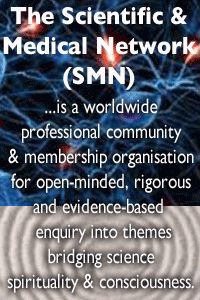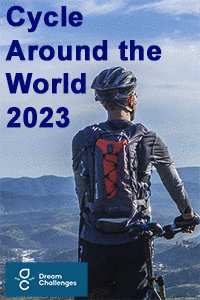Positive Health Online
Your Country

Research: PUD and co-workers,
Listed in Issue 126
Abstract
PUD and co-workers, Department of Nursing, Faculty of Social Welfare and Health Studies, University of Haifa, Haifa 31905, Israel, doritpud@research.haifa.ac.il, have surveyed the use of complementary and alternative medicine amongst cancer patients in Israel.
Background
Complementary and alternative medicine (CAM) has gained in popularity among cancer patients in recent years. The aim of this study was to assess the patterns of CAM use among cancer patients in Israel.
Methodology
In this descriptive cross-sectional study, data were collected using a 27-item questionnaire from 111 Israeli cancer patients who were part of a larger European study
Results
Among the participants, past or current CAM use was reported by 32.4% (n=36). The most common therapies included herbal medicine (22.2%), spiritual therapies (19.4%), visualization and relaxation techniques (16.7% for each), and nutritional supplements (13.9%). Younger patients with higher education, higher annual income, and previous standard treatment were more likely to use CAM. The mean satisfaction and perceived effectiveness scores were 5.36+/-1.37 and 5.48+/-1.39, respectively, out of a maximum score of 7. The main benefits from CAM reported by patients included improvement in emotional and physical well-being (40% and 34.3%, respectively) and increased ability to fight the disease (31.4%), although 17.1% of patients reported no benefits at all from CAM. The main sources of information about CAM were friends/family and the media.
Conclusion
The proportion of cancer patients who use CAM therapies is high, and this needs to be taken into account by conventional medical practitioners.
References
Pud D, Kaner E, Morag A, Ben-Ami S, Yaffe A. Use of complementary and alternative medicine among cancer patients in Israel. European Journal of Oncology Nursing 9 (2): 124-130, Jun 2005.



